What are warbirds ?
“Warbirds” is a term commonly used within the aviation community to describe vintage military aircraft. These are often meticulously restored and flown in commemorative airshows, paying homage to the pilots and crews of yesteryears. The term typically evokes images of World War II-era aircraft, but it can encompass any vintage military plane from earlier eras to the advent of jet propulsion.
Warbirds
-
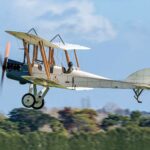 1912 - Royal Aircraft Factory B.E.2
1912 - Royal Aircraft Factory B.E.2
-
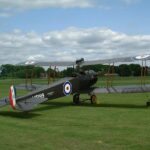 1913 - Avro 504
1913 - Avro 504
-
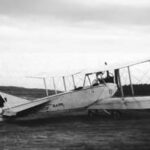 1914 - Albatros B.II
1914 - Albatros B.II
-
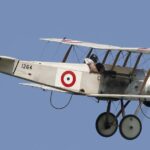 1914 - Bristol Scout
1914 - Bristol Scout
-
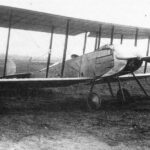 1914 - Royal Aircraft Factory BE.8
1914 - Royal Aircraft Factory BE.8
-
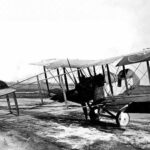 1915 - AirCo DH.2
1915 - AirCo DH.2
-
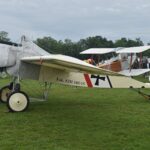 1915 - Fokker E (Eindecker)
1915 - Fokker E (Eindecker)
-
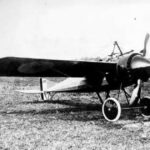 1915 - Morane-Saulnier Type N
1915 - Morane-Saulnier Type N
-
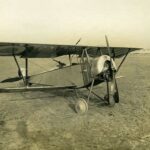 1915 - Nieuport 12
1915 - Nieuport 12
-
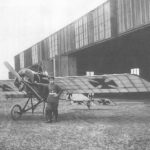 1915 - Pfalz E.I
1915 - Pfalz E.I
-
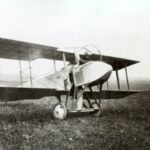 1915 - SPAD S.A
1915 - SPAD S.A
-
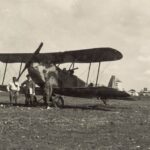 1916 - AEG C.IV
1916 - AEG C.IV
-
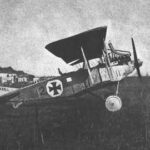 1916 - Albatros C.III
1916 - Albatros C.III
-
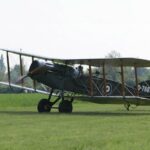 1916 - Bristol F.2 Fighter
1916 - Bristol F.2 Fighter
-
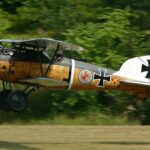 1917 - Albatros D.Va
1917 - Albatros D.Va
-
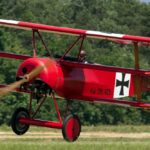 1917 - Fokker Dr.I Triplane
1917 - Fokker Dr.I Triplane
-
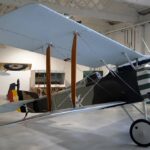 1917 - Hanriot HD.1
1917 - Hanriot HD.1
-
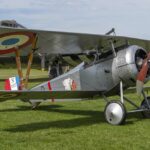 1917 - Nieuport 17
1917 - Nieuport 17
-
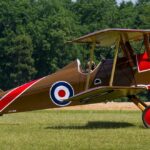 1917 - Royal Aircraft Factory S.E.5
1917 - Royal Aircraft Factory S.E.5
-
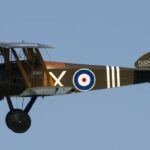 1917 - Sopwith Camel
1917 - Sopwith Camel
-
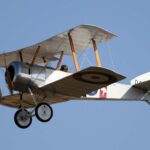 1917 - Sopwith Pup
1917 - Sopwith Pup
-
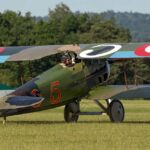 1917 - SPAD S.XIII
1917 - SPAD S.XIII
-
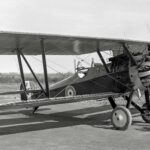 1918 - Bristol Badger
1918 - Bristol Badger
-
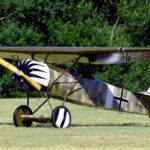 1918 - Fokker D.VIII
1918 - Fokker D.VIII
-
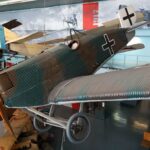 1918 -Junkers D.I
1918 -Junkers D.I
-
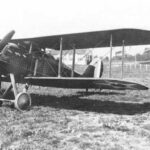 1918 - Orenco D
1918 - Orenco D
-
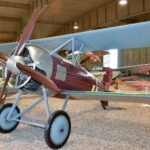 1918 - Siemens-Schuckert D.IV
1918 - Siemens-Schuckert D.IV
-
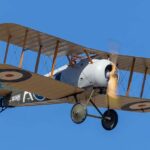 1918 - Sopwith Snipe
1918 - Sopwith Snipe
-
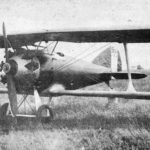 1920 - Blériot-SPAD S.51
1920 - Blériot-SPAD S.51
-
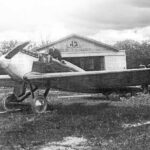 1920 - Polikarpov IL-400b
1920 - Polikarpov IL-400b
-
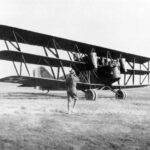 1921 - Boeing GA-1
1921 - Boeing GA-1
-
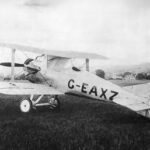 1921 - Gloster Mars I (Gloster Nightjar)
1921 - Gloster Mars I (Gloster Nightjar)
-
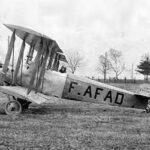 1921 - Hanriot HD.19
1921 - Hanriot HD.19
-
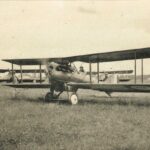 1921 - Nieuport-Delage NiD 29
1921 - Nieuport-Delage NiD 29
-
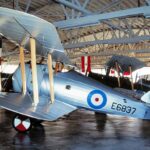 1921 - Sopwith Snipe 7F.1
1921 - Sopwith Snipe 7F.1
-
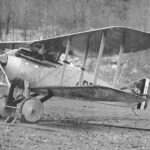 1921 - Thomas-Morse MB-3
1921 - Thomas-Morse MB-3
-
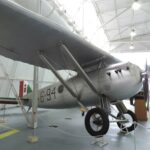 1922 - Dewoitine D.1
1922 - Dewoitine D.1
-
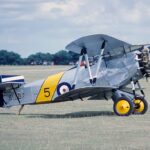 1922 - Fairey Flycatcher
1922 - Fairey Flycatcher
-
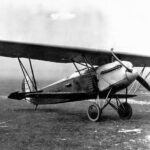 1922 - Fokker D.XIII
1922 - Fokker D.XIII
-
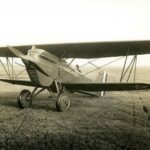 1923 - Curtiss P-1 Hawk
1923 - Curtiss P-1 Hawk
-
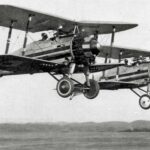 1923 - Gloster Grebe
1923 - Gloster Grebe
-
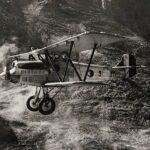 1924 - Fiat CR.20
1924 - Fiat CR.20
-
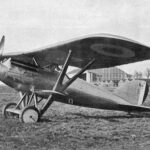 1924 - Nieuport-Delage NiD 52
1924 - Nieuport-Delage NiD 52
-
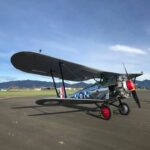 1927 - Bristol Bulldog
1927 - Bristol Bulldog
-
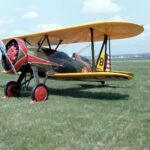 1928 - Boeing P-12/F4B
1928 - Boeing P-12/F4B
-
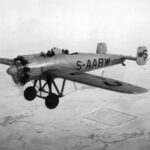 1929 - Junkers K 47
1929 - Junkers K 47
-
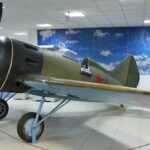 1930 - Polikarpov I-5
1930 - Polikarpov I-5
-
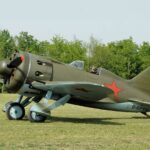 1934 - Polikarpov I-16
1934 - Polikarpov I-16
-
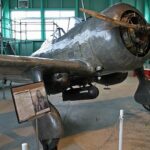 1936 - Nakajima Ki-27
1936 - Nakajima Ki-27
-
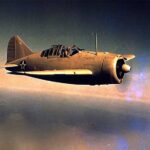 1937 - Brewster F2A Buffalo
1937 - Brewster F2A Buffalo
-
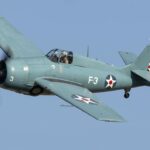 1937 - Grumman F4F Wildcat
1937 - Grumman F4F Wildcat
-
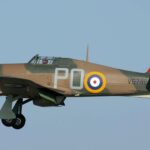 1937 - Hawker Hurricane
1937 - Hawker Hurricane
-
 1937 - Macchi C.200 Saetta
1937 - Macchi C.200 Saetta
-
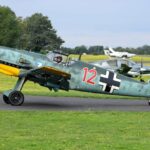 1937 - Messerschmitt Bf 109
1937 - Messerschmitt Bf 109
-
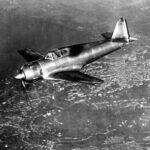 1938 - Bloch MB.152
1938 - Bloch MB.152
-
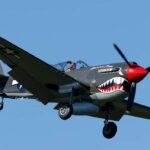 1938 - Curtiss P-40 Warhawk
1938 - Curtiss P-40 Warhawk
-
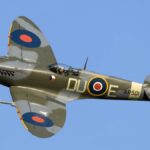 1938 - Supermarine Spitfire
1938 - Supermarine Spitfire
-
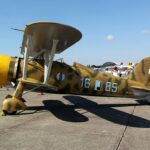 1939 - Fiat CR.42 Falco
1939 - Fiat CR.42 Falco
-
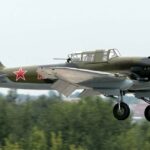 1939 - Ilyushin Il-2 Sturmovik
1939 - Ilyushin Il-2 Sturmovik
-
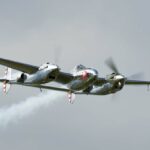 1939 - Lockheed P-38 Lightning
1939 - Lockheed P-38 Lightning
-
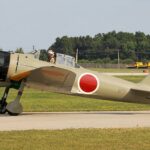 1939 - Mitsubishi A6M Zero
1939 - Mitsubishi A6M Zero
-
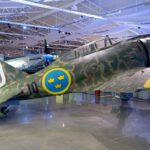 1939 - Reggiane Re.2000
1939 - Reggiane Re.2000
-
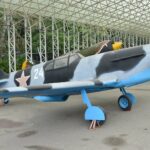 1940 - Lavochkin-Gorbunov-Gudkov LaGG-3
1940 - Lavochkin-Gorbunov-Gudkov LaGG-3
-
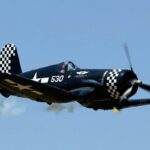 1940 -Vought F4U Corsair
1940 -Vought F4U Corsair
-
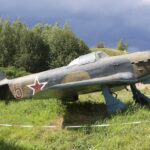 1940 - Yakovlev Yak-1
1940 - Yakovlev Yak-1
-
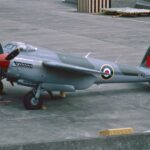 1941 - De Havilland Mosquito
1941 - De Havilland Mosquito
-
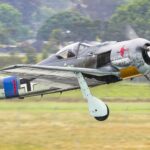 1941 - Focke-Wulf Fw 190
1941 - Focke-Wulf Fw 190
-
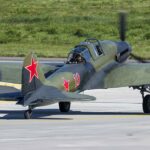 1941 - Ilyushin Il-2
1941 - Ilyushin Il-2
-
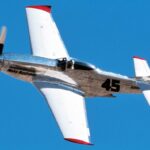 1941 - North American P-51 Mustang
1941 - North American P-51 Mustang
-
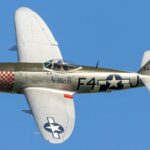 1941 - Republic P-47 Thunderbolt
1941 - Republic P-47 Thunderbolt
-
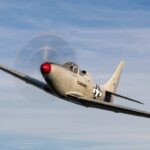 1942 - Bell P-63 Kingcobra
1942 - Bell P-63 Kingcobra
-
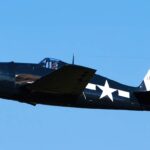 1942 - Grumman F6F Hellcat
1942 - Grumman F6F Hellcat
-
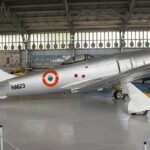 1942 - Hawker Tempest
1942 - Hawker Tempest
-
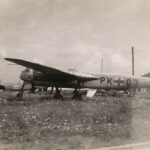 1942 - Heinkel He 219
1942 - Heinkel He 219
-
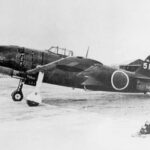 1942 - Kawanishi N1K-J
1942 - Kawanishi N1K-J
-
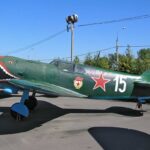 1942 - Lavochkin La-5
1942 - Lavochkin La-5
-
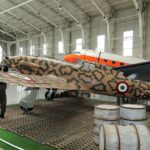 1942 - Macchi C.205
1942 - Macchi C.205
-
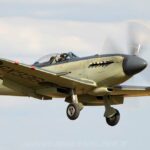 1942 - Supermarine Seafire
1942 - Supermarine Seafire
-
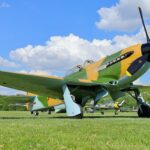 1942 - Yakovlev Yak-9
1942 - Yakovlev Yak-9
-
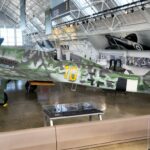 1943 - Focke-Wulf Ta 152
1943 - Focke-Wulf Ta 152
-
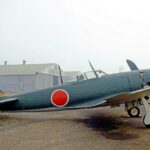 1943 - Nakajima Ki-84
1943 - Nakajima Ki-84
-
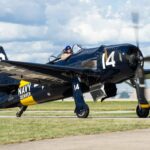 1944 - Grumman F8F Bearcat
1944 - Grumman F8F Bearcat
-
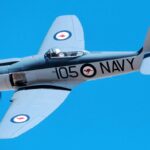 1944 - Hawker Sea Fury
1944 - Hawker Sea Fury
-
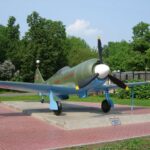 1944 - Lavochkin La-7
1944 - Lavochkin La-7
-
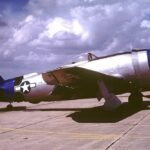 1944 - Republic P-47N Thunderbolt
1944 - Republic P-47N Thunderbolt
-
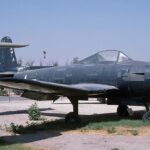 1944 - Ryan FR Fireball
1944 - Ryan FR Fireball
-
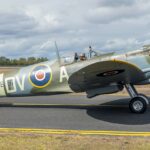 1944 - Supermarine Spitfire Mk XVI
1944 - Supermarine Spitfire Mk XVI
-
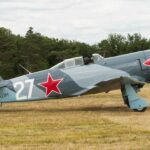 1944 - Yakovlev Yak-3
1944 - Yakovlev Yak-3
-
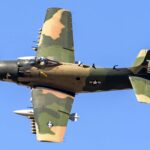 1945 - Douglas A-1 Skyraider
1945 - Douglas A-1 Skyraider
-
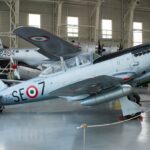 1950 - Fiat G.59
1950 - Fiat G.59
Early Fighter Aircraft:
The birth of military aviation can be traced back to World War I. The initial purpose of aircraft in warfare was reconnaissance, using planes to spot enemy positions and movements. However, as opposing planes encountered each other, they began engaging in aerial combat, giving birth to the “fighter” class.
- Biplanes: Most of the early fighters, such as the British Sopwith Camel and the German Fokker Dr.I, were biplanes, characterized by two sets of wings. These planes were slow by today’s standards but nimble, allowing for tight maneuvers in dogfights.
- Monoplanes: As aeronautical technology progressed, monoplanes (aircraft with a single set of wings) like the British Supermarine Spitfire and German Messerschmitt Bf 109 began to dominate. They offered improved aerodynamics, increased speed, and better visibility for the pilot.
Fighter Planes with Propellers from WWII:
World War II saw the zenith of propeller-driven fighter aircraft. These warbirds were more powerful, faster, and deadlier than their WWI predecessors.
- Role in Warfare: These fighters played crucial roles, from dogfighting with enemy aircraft to escorting bombers on long-range missions. The Pacific and European theatres saw extensive air-to-air combat.
- Notable Warbirds:
- Supermarine Spitfire: A British icon, the Spitfire was known for its role during the Battle of Britain.
- North American P-51 Mustang: An American classic, the Mustang provided vital long-range escort to bombers over Europe.
- Mitsubishi A6M Zero: Representing the Imperial Japanese Navy, the Zero was a formidable foe in the Pacific during the early years of WWII.
- Technology and Armaments: Advanced features like self-sealing fuel tanks, superchargers, and improved armaments (machine guns and cannons) became standard. Some aircraft also began employing rockets and drop tanks to extend range or firepower.
The Jet Engine Revolution:
While propeller-driven aircraft reached their pinnacle during WWII, another technological marvel was on the horizon: the jet engine.
- Early Jets: The first operational jet-powered fighter was the German Messerschmitt Me 262, introduced during the latter stages of WWII. Although faster than any propeller-driven fighter, its impact on the war was limited due to its late introduction and production challenges.
- Transition to Jets: Post-WWII, jet technology rapidly progressed, and by the time of the Korean War in the early 1950s, jets like the American F-86 Sabre and the Soviet MiG-15 were the mainstay. Propeller-driven warbirds began to fade from frontline service, replaced by these faster, more versatile jet-powered successors.
- Legacy of Propeller-Driven Fighters: Although jet fighters replaced them in frontline service, propeller-driven warbirds are not forgotten. They remain symbols of national pride, technological achievement, and the brave pilots who flew them. Many are preserved in museums, while others, restored to flying condition, grace the skies at airshows, reminding us of a bygone era.
Warbirds, from early biplanes to WWII propeller-driven marvels, symbolize pivotal moments in military aviation history. Their legacy lives on, both as static displays and flying tributes, serving as reminders of the courage, innovation, and sacrifices of those who took to the skies during times of conflict.